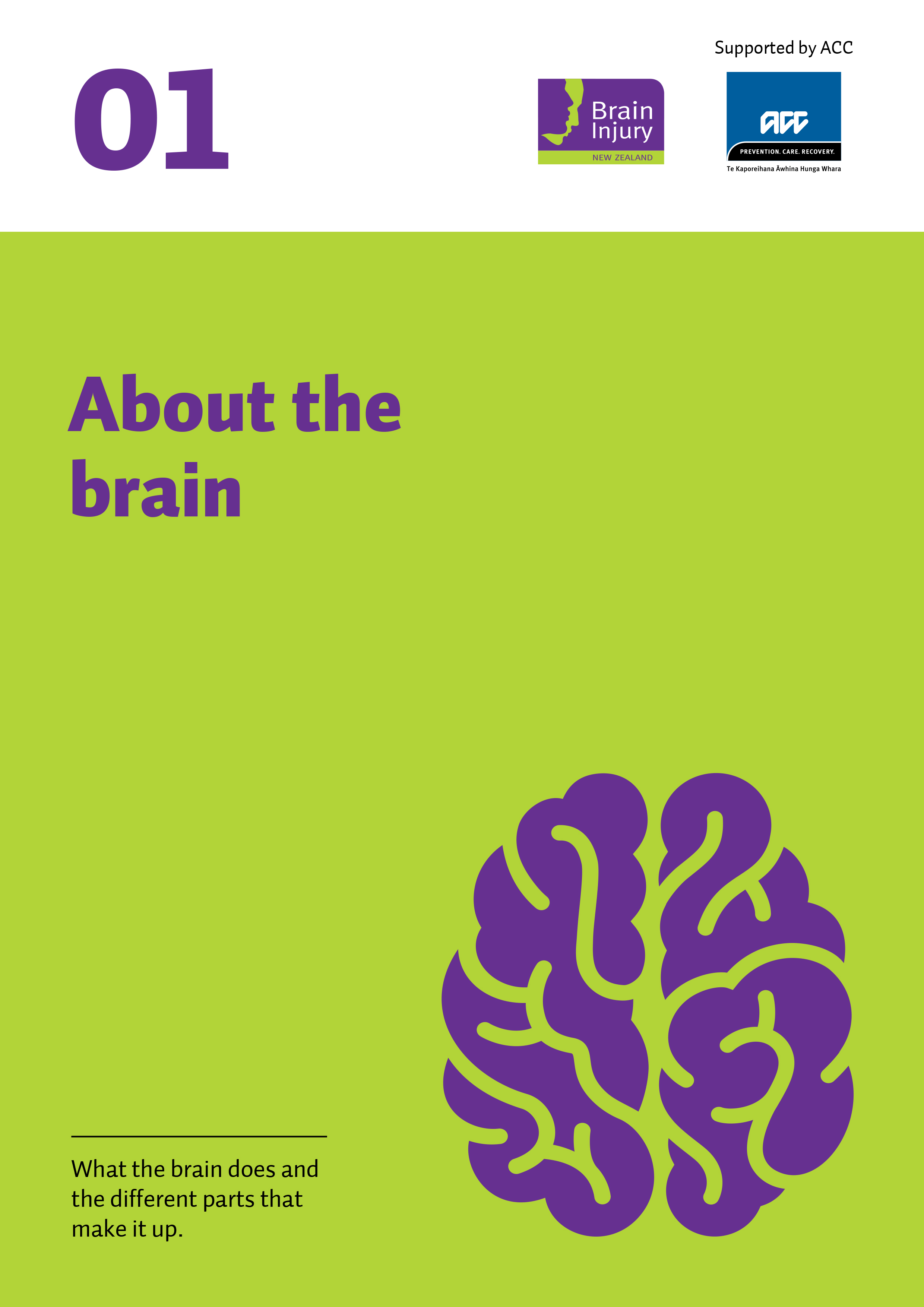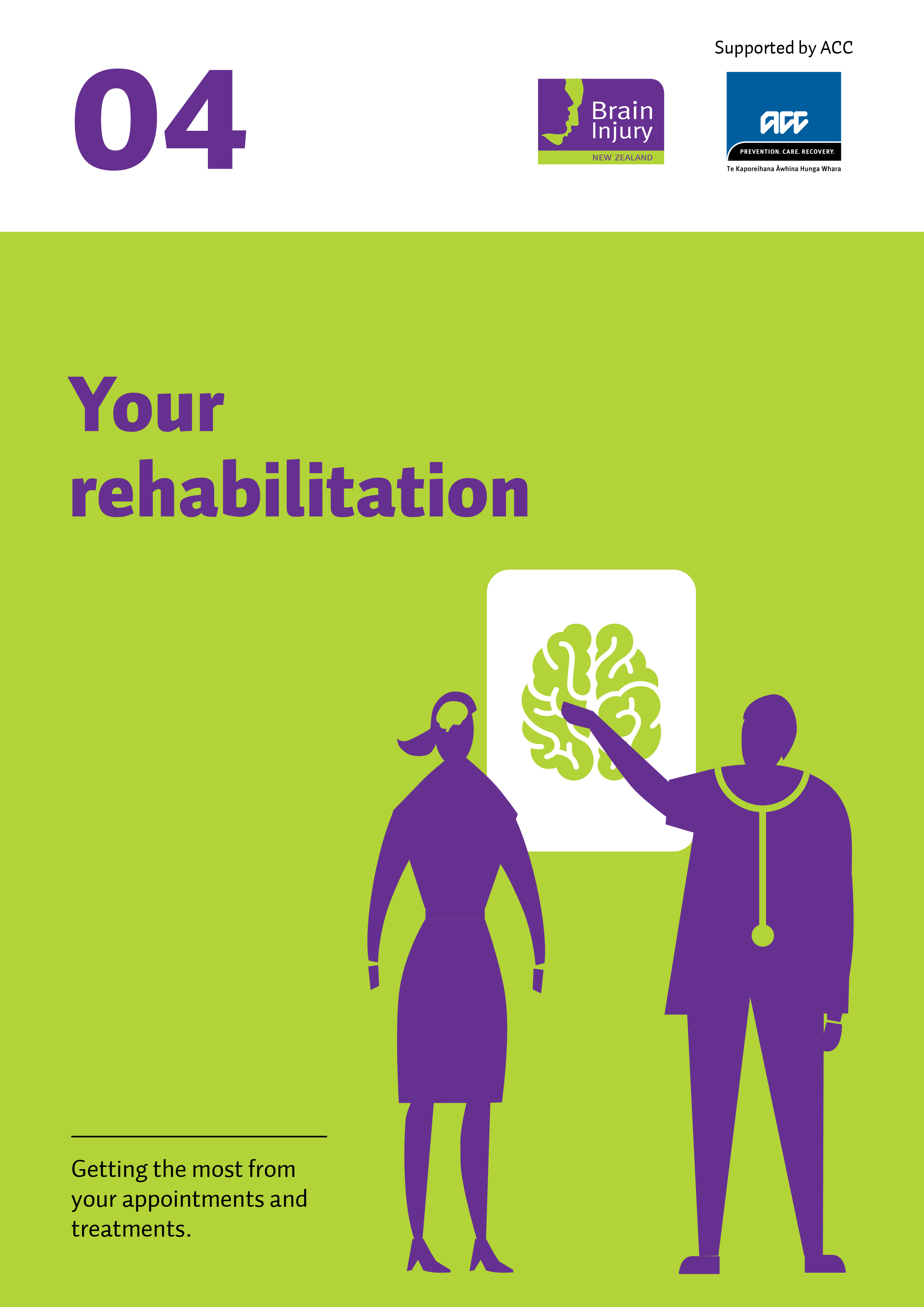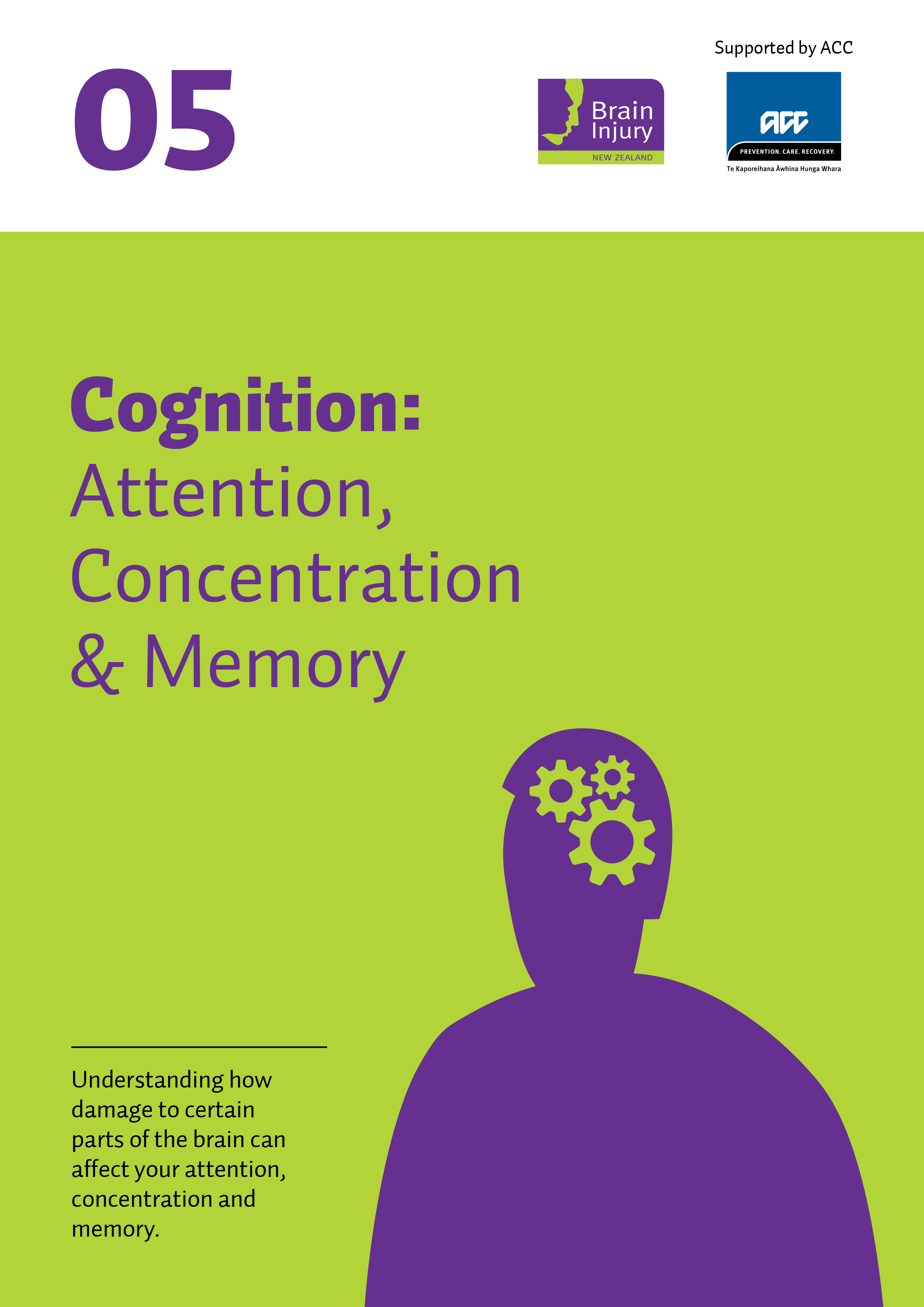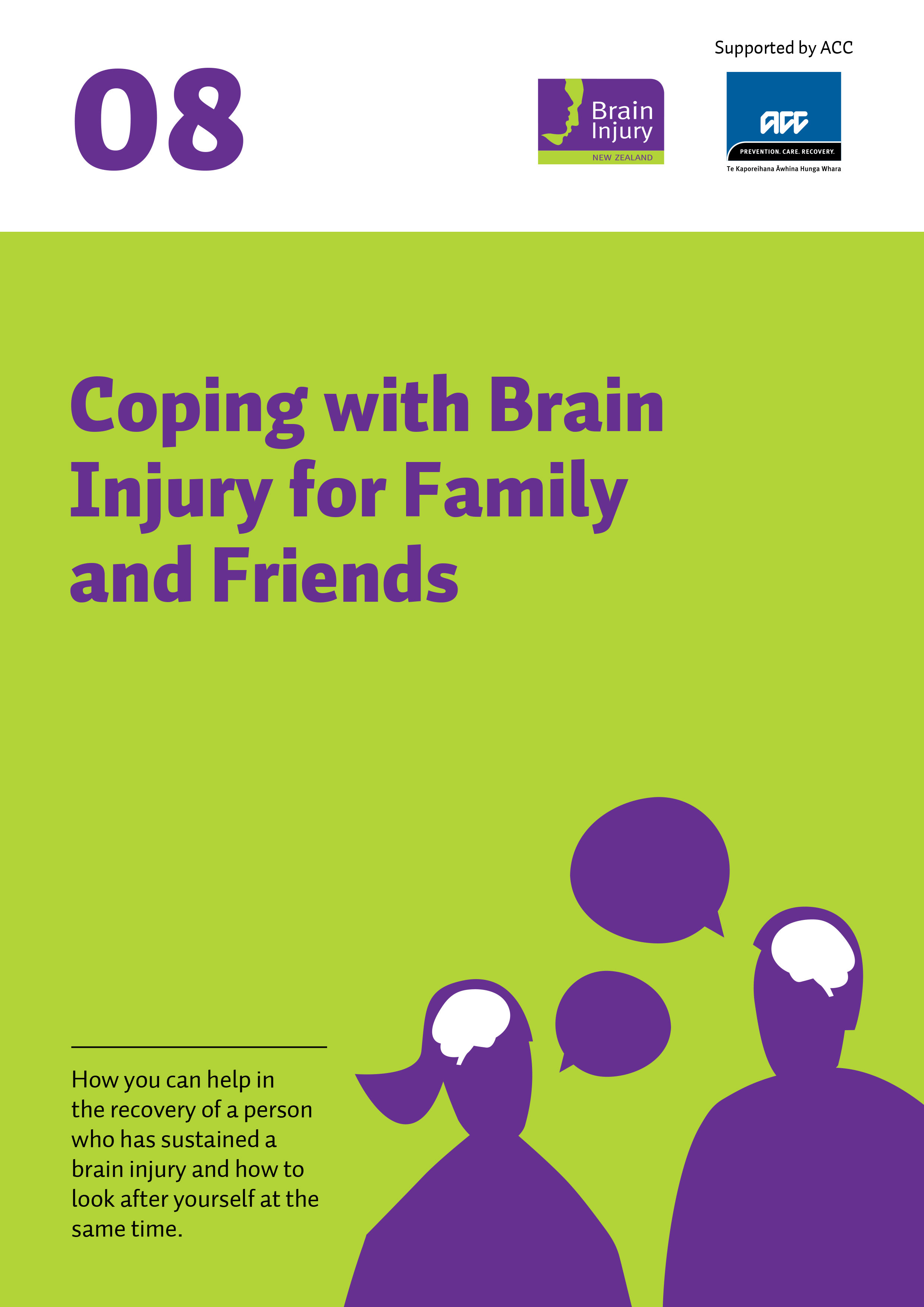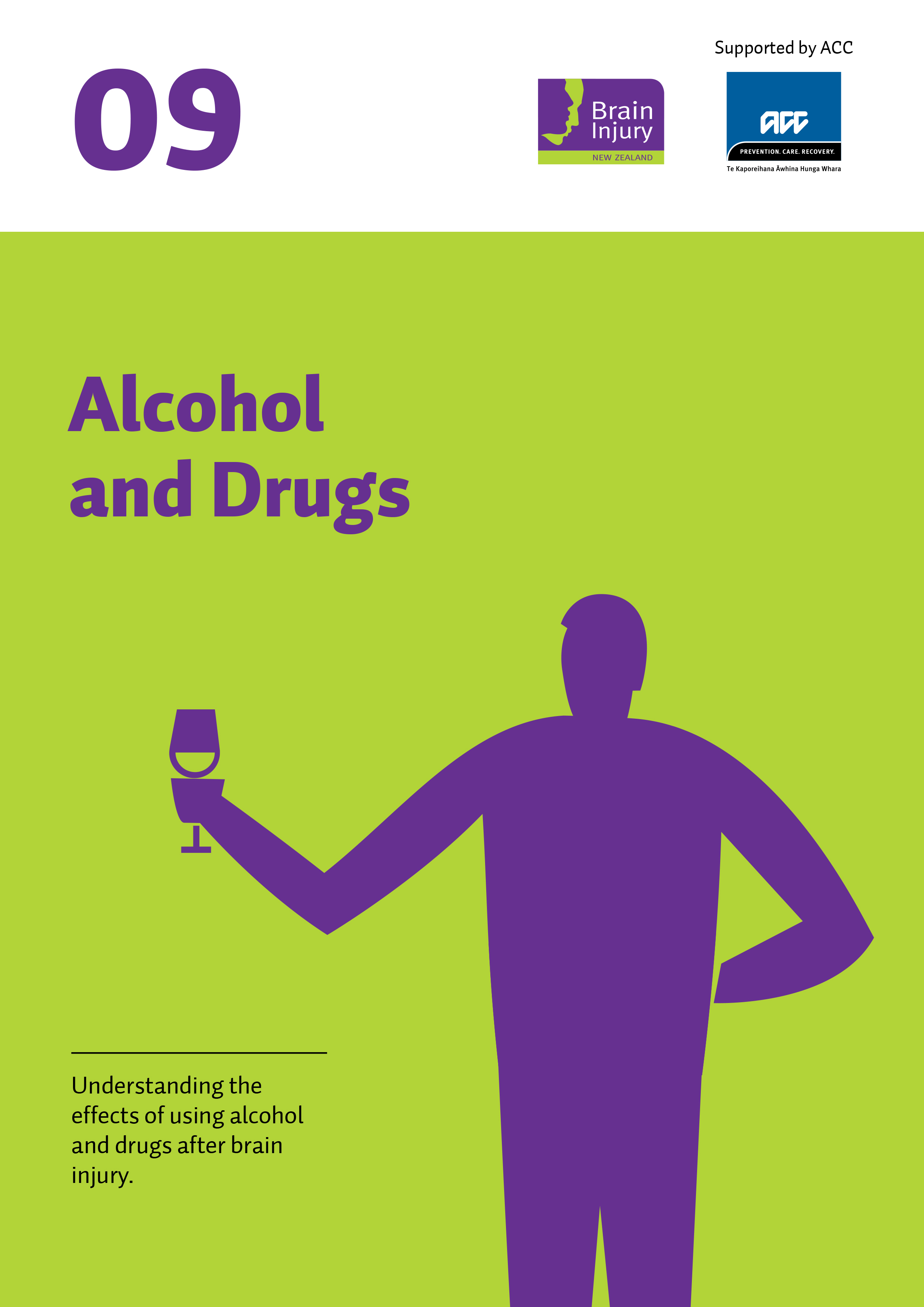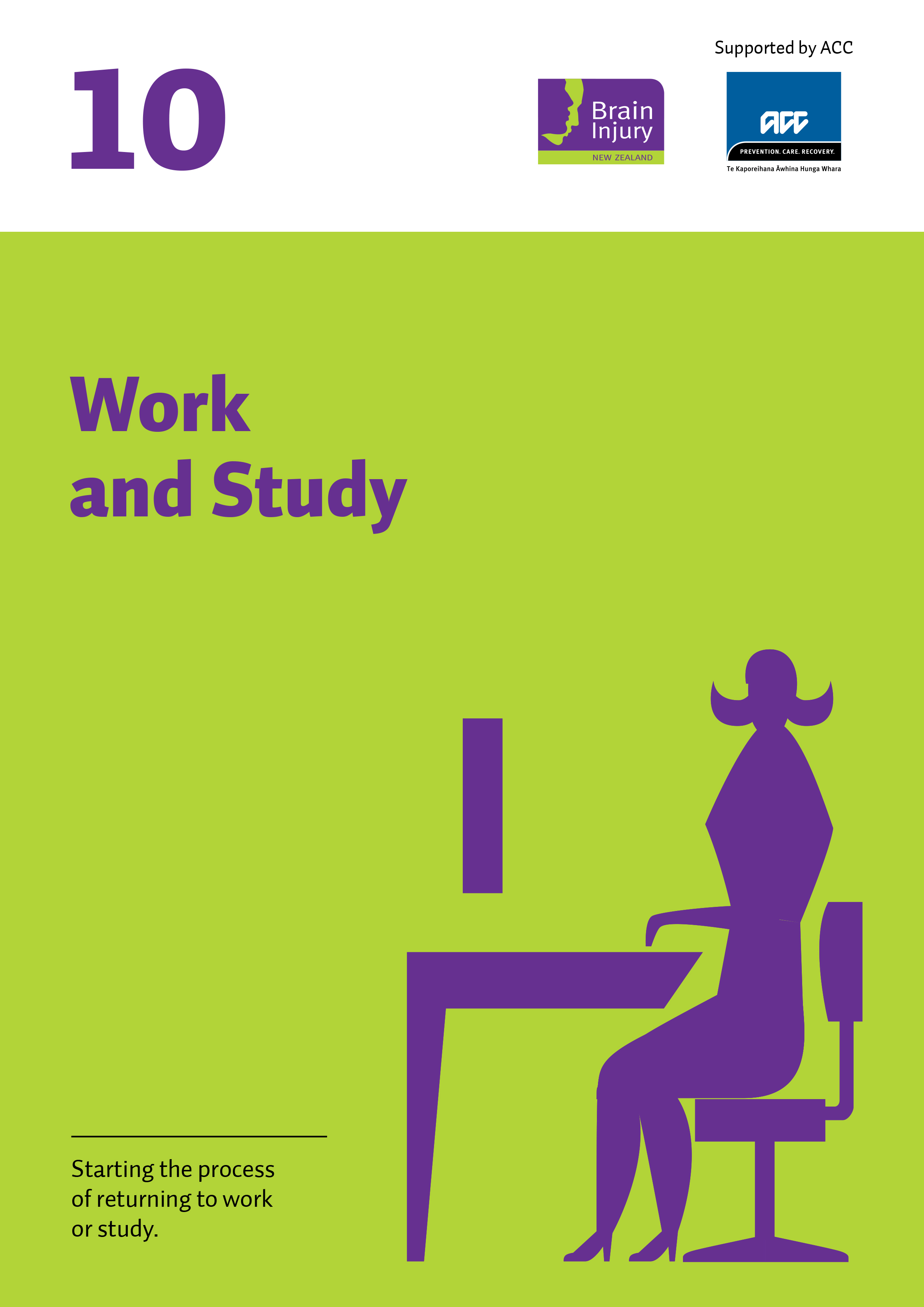The Brain
Our brains are very, very soft. Softer than the meat you would see in the supermarket. Not like the ones you would find in a lab which have been fixed and preserved with chemicals like formaldehyde making the brain feel solid and firm almost like a rubber ball. The brain in a living human floats around in a protective bath of cerebral spinal fluid and just because we have a hard skull around it does not mean we are invincible.
People do not realise just ONE major knock to the head (eg a fall, bicycle accident, rugby head collision) can cause irreparable damage to the brain. It can happen to anyone, anywhere, at anytime. Those affected people then have to live with that hidden trauma for the rest of their lives.
Brain Injury - A silent epidemic
A brain injury is a general term referring to any injury to the brain. The following are all examples of brain injury:
Strokes and aneurysms
Infections, such as meningitis
Hypoxia (lack of oxygen to the brain)
Brain tumours
Neurotoxic disorders drugs and alcohol, pesticides, gases, solvents can all lead to a brain injury
Traumatic Brain Injury (TBI)
TBI Video Animation Courtesy of Centers for Disease Control and Prevention, USA
A Traumatic Brain Injury (TBI) is caused by a bump, blow, or jolt to the head that disrupts the normal function of the brain. Not all blows or jolts to the head result in a TBI. The severity of a TBI may range from “mild” (i.e., a brief change in mental status or consciousness) to “severe” (i.e., an extended period of unconsciousness or memory loss after the injury). Most TBIs that occur each year are mild, commonly called concussions.
TBI is a major cause of death and disability to numerous people around the world. It can happen to anyone at anytime.
Effects of TBI can include impaired thinking or memory, movement, sensation (e.g., vision or hearing), or emotional functioning (e.g., personality changes, depression). These issues not only affect individuals but can have lasting effects on families and communities.
There are 2 types of TBI:
Closed: A blunt impact or blow to the head without penetrating the skull e.g. motor vehicle crash, fall.
Open: when skull penetrated by a sharp object or an explosive missile e.g. bullet wounds.
What are the leading causes of TBI?
The major causes of TBI are motor vehicle crashes followed by sports injuries, assaults and falls.
The highest risk groups for sustaining a TBI are children under 5 years of age, men aged 15-30 years, and the elderly.
Concussion Awareness
In New Zealand falls are the highest risk of a traumatic brain injury (TBI) however sport is an area where it is the repetitive injury to the head and giving the brain enough time to recover.
We believe the culture is starting to change with regards to concussion awareness and attitudes. NZ Rugby now has a graduated return to play (GRTP) programme to assist anyone who has been diagnosed with a concussion or suspected concussion. Please refer to the first table below.
Information Brochures - PDF format
acc ‘all new claims’ 2017 - breakdown numbers
GRTP CONCUSSION
- nz rugby
SPORTS RELATED CONCUSSION STATS
where does brain injury happen?
International Facts - USA
Despite the media attention other illnesses command, it is interesting to note the number of people with a TBI in the United States is 8.5 times higher than people who suffer from breast cancer and 28 times higher than people with HIV/Aids. Yet the Brain Injury Associations still do not receive any where near the proportional rate of sponsorship. So if you would like to support the Brain Injury Association, Hawke’s Bay please click on the Donate button at the top of the page or find your local association to assist.
Courtesy of Centers for Disease Control and Prevention, USA


